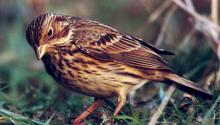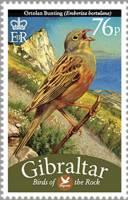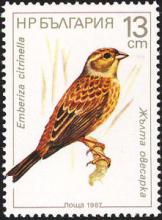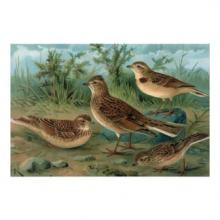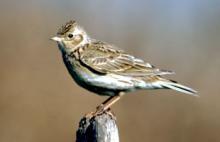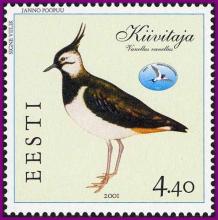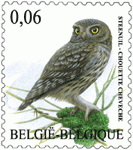De grauwe gors is door het gebruik van pesticiden in de intensieve akkerbouw in Nederland uitgestorven
De broedpopulatie van de Grauwe Gors (Miliaria calandra, Synoniem: Emberiza calandra) in Nederland is van 1995-2001 met ongeveer driekwart afgenomen. De laatste bolwerken waren Limburg en de uiterwaarden van de Waal. Het landbouwkundige grondgebruik was sterk geintensiveerd in gebieden waar de Grauwe Gors was verdwenen. Vanaf 2008 werd geen enkel succesvol broedgeval van de Grauwe Gors meer gemeld. Uit recent onderzoek van Wageningen Universiteit en acht andere Europese universiteiten is gebleken dat het gebruik van pesticiden, zoals in de intensieve akkerbouw, een negatief effect heeft op de biodiversiteit van wilde planten, kevers en broedvogels. Ook voor een aantal afzonderlijke broedvogelsoorten waaronder de Grauwe Gors bleken insecticiden en fungiciden de doorslaggevende factoren te zijn.


